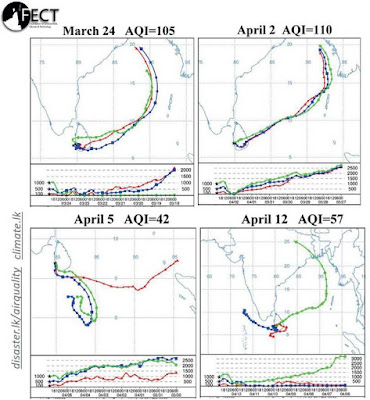Lakvijaya’s Unit 1 under-powered for half the time since 2015
Rs 330m needed to bring it back to full potential
One of the Lakvijaya coal power plant’s units has been running below capacity for nearly half of the time in operation since 2015 and the Government will have to spend a further Rs 330mn to bring it back to full potential, data and documents seen by the Sunday Times show.
Data obtained from the regulator, the Public Utilities Commission of Sri Lanka (PUCSL) shows that Unit 1–the Chinese-built plant’s oldest and first to be commissioned–last ran at full capacity in April 2017, adding 270mw to the national grid. (While each unit of the three units is meant to generate 300mw of electricity, around 30mw is used to power their own operations).
Unit 1 was not functioning for 41 percent of the time between January 2015 and April this year (when it was delivering around 80mw less). It ran at full capacity for just 27 percent of the time and at low capacity, generating around 190mw of power, for 24 percent of the time. There were also 12 major outages during this period.
Unit 1 was not functioning for 41 percent of the time between January 2015 and April this year (when it was delivering around 80mw less). It ran at full capacity for just 27 percent of the time and at low capacity, generating around 190mw of power, for 24 percent of the time. There were also 12 major outages during this period.
On April 17 and 24, 2017, two explosions in the boiler of Unit 1 caused cracks in its “water wall tubes”, a report obtained under the Right to Information (RTI) Act shows. Produced by the Material Research Institute of Harbin Boiler Company Ltd, the Chinese manufacturer of the boiler, it concludes that the cracking failure was caused by “boiler water of low quality” that caused alkaline corrosion which compromised the thickness of the tubes.
A boiler is an essential component of a power plant and converts liquid to steam that drives the turbines. Ensuring that the proper quality of water meeting design specifications is fed into the boiler, an energy expert said, is “the most elementary thing in boiler management”. The Ceylon Electricity Board (CEB) had failed to maintain these standards.
Unit 1 is now scheduled to shut down for a major upgrade next month. The boiler has to be tested and, possibly, replaced at enormous cost. Responding to information requested under the RTI, the CEB said “The estimated cost for the rehabilitation of Lakvijaya Plant #1 to bring back to full load capacity would be Rs. 330mn.”
Turbine blades and condenser tubes, among other things, have also been replaced in the Unit 1 where the electrostatic precipitator (ESP) and flue-gas desulphurizer (FGD) have failed continuously. The ESP is a filtration device that removes fine particles, in this case fly ash, from a flowing gas. The FGD removes sulphur dioxide from the flue gas.
“This level of failure or unavailability of a base-load plant is very expensive, when the country has a tight power system,” the expert said, opting to remain unnamed. “Even if we have power, it requires us to generate matching power from other sources, primarily diesel.”
A shortage of 80mw for more than a year also comes at high cost, both in terms of capacity and generation from diesel, he continued. It amounts to around Rs 10bn a month so there is no reason for the CEB not to spend Rs 330mn and fix the problem.
“Looking at the system running parameters, there are 14 system shutdowns within a period of 40 months,” he observed. “This is a shutdown of more than once a quarter. Base-load systems are not expected to shut down more than twice per year.”
“Looking at the system running parameters, there are 14 system shutdowns within a period of 40 months,” he observed. “This is a shutdown of more than once a quarter. Base-load systems are not expected to shut down more than twice per year.”
“Excessive starts and stops create thermal fatigue in the boiler, leading to multiple components going beyond expected endurance limit for cyclic thermal variation, with significant reduction of lifetime and reliability,” he warned.
Meanwhile, despite intense pressure from the Power and Energy Ministry and the CEB–including during a site visit this week– the Wayamba Provincial Council Environmental Authority (WPCEA) has still not restored the Lakvijaya coal power plant’s environmental protection licence (EPL) which expired last year.
Earlier, a monitoring committee was set up comprising more than 15 representatives of multiple agencies to look into environmental concerns. This group is expected to meet again next week under the chairmanship of the Wayamba Provincial Council Chief Secretary to decide whether the EPL could be restored.
“We were asked to give the licence,” said Saman Lenaduwa, WPCEA’s head. “We have to assess whether the CEB has met all our environmental standards before a decision is taken.” The committee will convene either in Kurunegala or at coal power plant in Kalpitiya.



Comments
Post a Comment